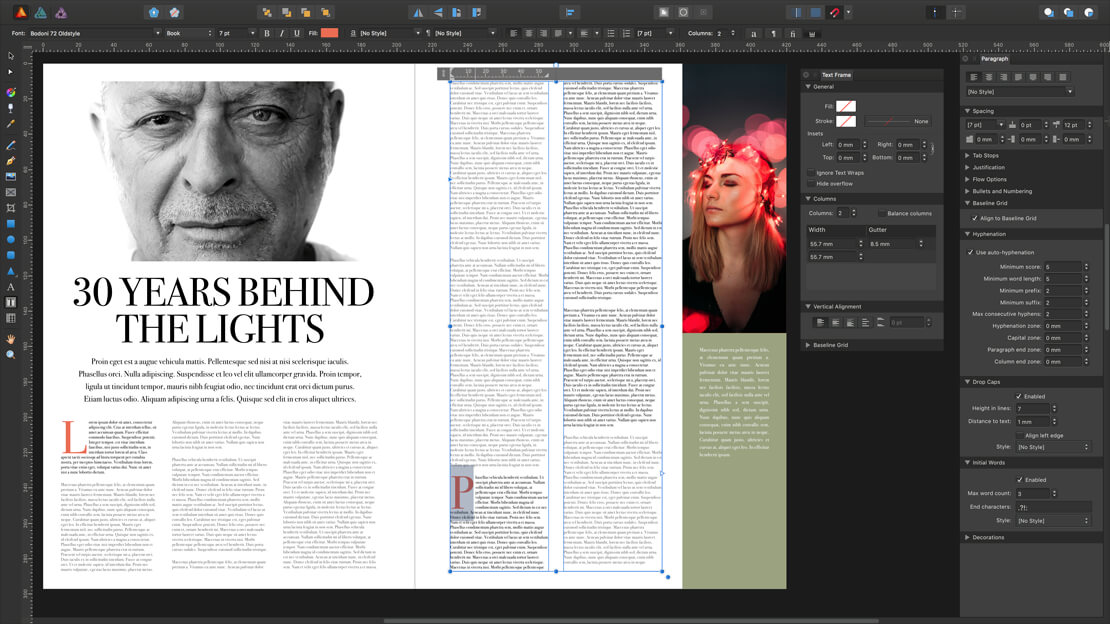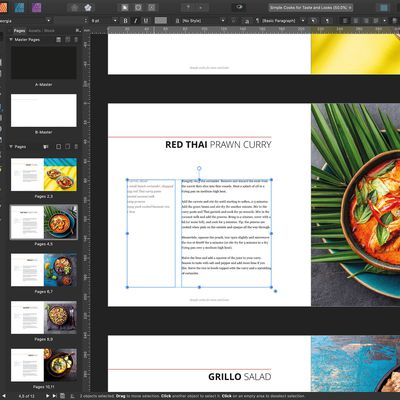

The photos used in the preview are not included). All the elements in the design such as text, colors, styles and images can be easily edited. Perhaps a compromise would be to be able to define the path to the template folder, such as on a shared drive. Also the templates are created for Affinity Suite (Publisher, Photo, Designer). People in organizations who need to share templates might prefer option 1 so they can store template files anywhere. I like to have an option where new documents can be made from templates from the file menu, such as File→New…→My_Custom_Template_A, etc. I think that is basically the way MS Word and Apple Pages work. A dedicated templates directory where files in that directory are offered as templates from within the app. A separate file extension, where by default Publisher always opens it as an unsaved new document. I can see it working in one of two ways:ġ. Personally, I prefer the second option, as I store documents in different directories than where I keep the templates.Īs to feedback for improvement, a true template feature where Publisher supports template files would be a minor but welcome addition. Your first save operation must be a Save As.

When you open a read-only document, then you can’t accidentally save over it. Include a newsletters template in your monthly or bimonthly marketing plan to stay connected to former and current customers.
Affinity publisher newsletter templates software#
Option 2: you can tick “Locked,” which works the same (I assume) as Windows’s read-only option. Templates for newsletters are available for specific services and organisations, including newsletter templates for software ventures, repair businesses, fashion design, financial services, schools, and non-profits. With this option active, when you try to open the file, it will make a copy of the file to the same directory as the original and open that copy in the default application. Option 1: you can tick the “Stationary pad” option. To be precise, select the file in the Finder, and choose File→Get Info. On Mac, mark it as a Template once you've saved it. My concern is that it will be easy for the base document to be overwritten or amended as people start to use it. With the template set up, then other users could take the base template to create an updated version of a document without the risk of the original template being overwritten. At the moment, I believe that the only way to do this is to design and save the base document and then open it for use when needed. I would like to be able to design and save a basic structure of a document to be used as a template, such as a newsletter. Apart from assisting customers to get started with their own documents, it would enable Affinity to showcase the capabilities of its product. I would like to suggest that consideration is given to setting up a number of pre-made templates for customers to either use as they are or which can form a basis from which they can create their own documents.

If Affinity Publisher is going to be supplied to customers pretty much as it is in the beta version, then it looks to me that it is going to be supplied without a selection of pre-made templates. I have two matters that I would like to raise in connection with document templates:


 0 kommentar(er)
0 kommentar(er)
